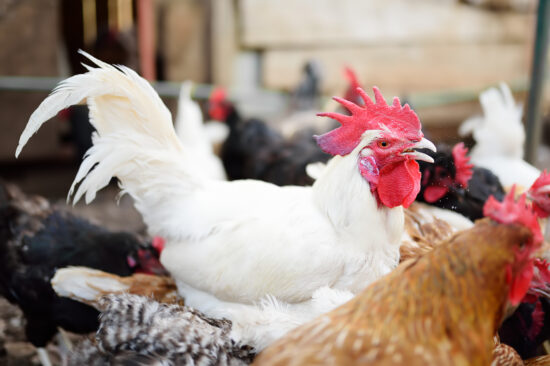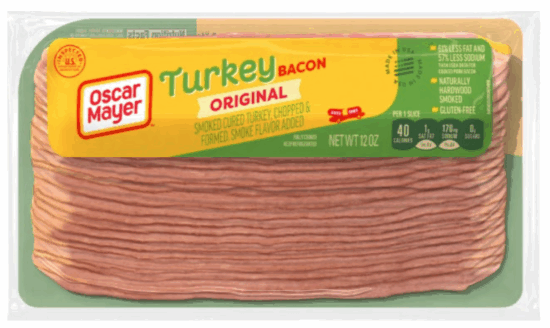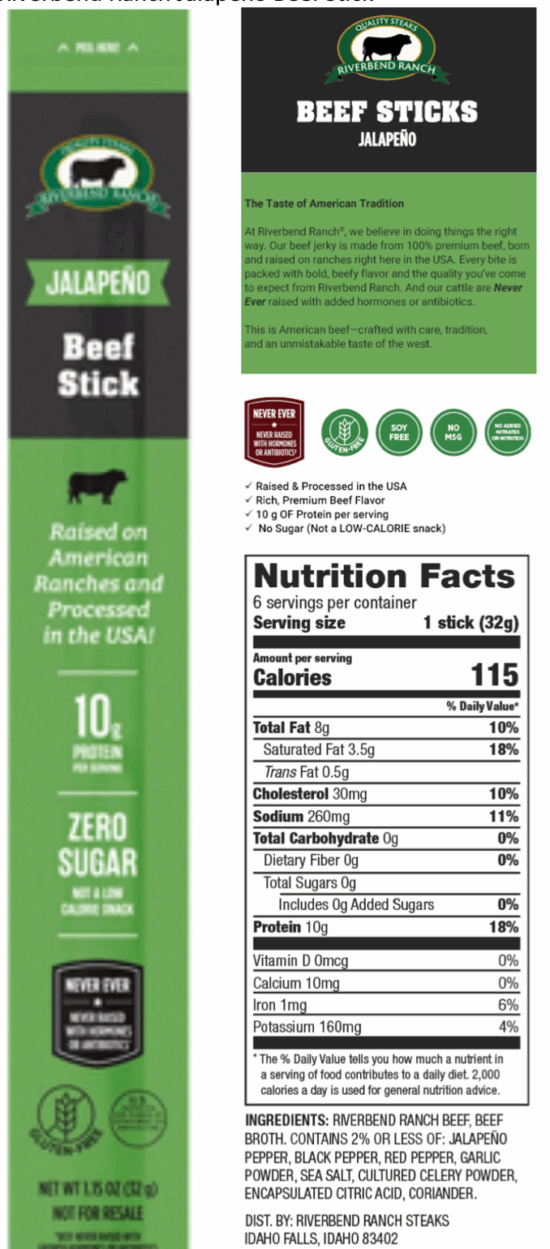With no person-to-person spread, the health risk to humans remaining low, and the 15-month emergency human response to H5N1 avian flu over, this summer’s break in reported infections to birds and mammals makes it a good time to bring on the vaccinations.
It did not happen in July as many expected, and it hasn’t exactly happened just yet, but might soon. And in a concerning turn, the virus has mutated to become airborne in dairy herds.
The plan for a poultry vaccination roll-out has been available since April 1, when the HPAI Vaccination Working Group convened by U.S. Egg Producers, as represented by United Egg Producers and American Egg Board, issued its report.
They called for “a new approach” to reduce susceptibility to the HPAI virus with “a vaccination strategy” before the virus mutates with further HPAI infections in humans.
The Centers for Disease Control and Prevention called an end to the emergency response in July, but the H5N1 Bird Flu remains a significant concern on the public health list. There are many predictions that it could turn into a wider public health crisis.
The H5N1 strain of highly pathogenic avian influenza (HPAI) is found in wild birds worldwide and is causing outbreaks in U.S. domestic birds and dairy cattle. Many other mammals are also susceptible to this virus, with a variety of cases documented.
During the emergency response, the CDC reported several recent human cases in U.S. dairy and poultry workers.
A poultry worker in Colorado was the first American infected with the H5N1 virus. From 2023 to the present, 70 others have also been infected, and all have recovered from mostly mild symptoms. However, in January, Louisiana recorded the first ,and so far only, H5 bird flu human death in the U.S.
The virus, responsible for the worldwide loss of 633 million birds over the past 20 years, has spread to new geographic areas, infecting more domestic and wild bird species and numerous mammals. In the U.S., the loss of birds since the start date of Feb. 8, 2022, has topped 174.83 million from 1,709 flocks. Of those, 921 were backyard flocks and 788 were commercial.
According to the USDA’s Animal and Plant Health Inspection Service (APHIS), there has been a break in the outbreak during the past 30 days. The previous significant report of sick birds in the U.S. was in May.
U.S. Secretary of Agriculture Brooke L. Rollins, in February, laid down her own comprehensive, five-pronged strategy to combat highly pathogenic avian influenza (HPAI). A $500 million increase in biosecurity audits is a centerpiece of her plan, which she tweaked in June. Overall her plan is not a lot different from the strategy former Secretary of Agriculture Tom Vilsack pursued for almost three years, spending at least $1.8 billion to combat the virus.
The HPAI Vaccination Working Group is respectful of USDA but demanding a further shift in the strategy.
“HPAI vaccination would serve as a complementary tool to existing biosecurity practices to better prevent outbreaks and control the disease,” the report says. “Use of safe, pure, potent, efficacious, USDA-licensed vaccines, when applied appropriately to egg-type chickens, will increase resistance to becoming infected by the H5N1 HPAI virus.”
According to the report, there are currently several USDA-licensed vaccines available that have demonstrated experimental efficacy and field effectiveness against the 2.3.4.4b H5N1 HPAI virus circulating in the U.S.
Until now, under both Rollins and Vilsack, the USDA’s primary strategy has been waiting until an infection is reported in a flock and then taking the rather macabre action of killing the entire flock to limit the spread. This approach is defended as best for U.S. chicken exports, which run almost $5 billion annually.
However, numerous other countries have opted to go with vaccines.
Vaccinating birds would be a change, and Rollins might soon get there. Bird flu outbreaks once were seasonal, peaking in the fall when migrating birds fly south. But they are now experienced year-round and outside of the usual flyways. Avian influenza is a reality in all 50 states and one U.S. territory.
Vaccines for humans are also ready in both the United States and Europe.
In each of the three years, 2007, 2013, and 2020, the U.S. licensed H5N1 vaccines, along with additional vaccines for humans, which were shelf-ready at the European Medicines Agency (EMA). These human bird flu vaccinations are not intended for the general public.
But if it became necessary in response to an H5N1 avian flu health threat to humans, the vaccines would become available to those with the highest risk of exposure to the virus, such as people who work with poultry or cattle.
Finland is the only country currently offering a vaccine to high-risk individuals, including those who work with birds and mammals. Like the United States and Europe, Canada has stockpiled vaccines for high-risk individuals, including those with a high risk of infection, should a human health emergency occur.
(To sign up for a free subscription to Food Safety News, click here.)



